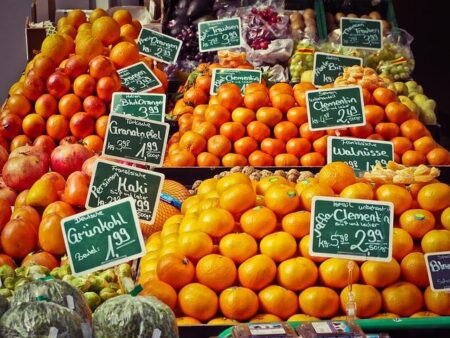Starbucks is slowing its expansion plans in India as rising inflation and economic concerns lead consumers to cut discretionary spending. The decision reflects shifting market dynamics, prompting the coffee giant to reevaluate growth strategies in a challenging environment.
Browsing: consumer behavior
In 2025, Bain & Company projects that India’s online shopping landscape will be transformed, driven by advanced technologies and changing consumer preferences. With increased mobile penetration and enhanced logistics, e-commerce is set to thrive, reshaping retail dynamics nationwide.
Carnival Corporation (CCL: NYSE) is expanding its fleet in Australia to meet robust local demand for cruising. The addition of new ships aims to bolster the company’s presence in the region, responding to the resurgence of travel and tourism post-pandemic.
The latest report on the United Kingdom tofu market reveals shifting consumer expectations, driven by growing health consciousness and interest in plant-based diets. As demand surges, brands are adapting their offerings to meet evolving preferences for sustainability and variety.
In Bloomberg’s analysis, the decline in beer consumption in China serves as a barometer for broader economic challenges. As households tighten budgets, the shift in drinking habits reflects consumer confidence and signals potential lasting impacts on the economy.
The UK bike market has experienced a 2% decline, signaling continued challenges in the sector. Despite this setback, industry experts suggest signs of stabilization may be on the horizon as consumer demand evolves and manufacturers adapt.
In 2024, France’s beauty market is showing signs of sluggish growth, predominantly fueled by pharmacy sales. Premium beauty brands are navigating this challenging landscape, focusing on innovative formulations to attract health-conscious consumers amid shifting shopping behaviors.
China’s new plan to boost consumer spending focuses on increasing household incomes, enhancing social security, and promoting digital payment systems. This multifaceted approach aims to stimulate domestic demand and support economic growth amid global uncertainties.
In response to Trump’s tariffs, a growing “Boycott USA” movement has emerged globally. This backlash reflects discontent among countries impacted by trade barriers, leading to calls for consumers to reject American products in favor of local alternatives.




![[Latest] United Kingdom Tofu Market: How Consumer Expectations Are Evolving – openPR [Latest] United Kingdom Tofu Market: How Consumer Expectations Are Evolving – openPR](https://www.mondialnews.com/wp-content/uploads/2025/03/18547-latest-united-kingdom-tofu-market-how-consumer-expectations-are-evolving-openpr-450x300.jpg)




